The Liverpool Biennial, one of the UK’s most celebrated contemporary art festivals, has recently come under scrutiny after reports revealed a startling statistic: 17% of its public artworks suffered damage during the 2023 edition. This figure has sparked debates about the vulnerability of outdoor installations, the responsibilities of organizers, and the public’s role in preserving art. The festival, known for transforming the city into a sprawling gallery, now faces questions about how to balance accessibility with conservation.
The scale of the damage varies widely, from minor scratches to outright destruction. Some pieces were defaced with graffiti, while others were physically broken or stolen. One particularly high-profile case involved an interactive sculpture that was dismantled by visitors within days of its unveiling. Artists and curators have expressed frustration, noting that while public art is meant to engage with the community, it often bears the brunt of that interaction in unintended ways.
Local authorities and festival organizers have pointed to a combination of factors contributing to the problem. Liverpool’s bustling urban environment, with its heavy foot traffic and nightlife, creates a challenging setting for delicate installations. Additionally, the lack of visible security or barriers around many works—a deliberate choice to encourage engagement—has made them easy targets. "We want art to feel approachable, but that openness comes with risks," admitted one Biennial coordinator.
Artists participating in the Biennial have had mixed reactions. Some see the damage as a form of unintended audience participation, a raw dialogue between the public and the artwork. Others, however, feel their work has been disrespected. "There’s a difference between interaction and vandalism," said one sculptor, whose piece was repeatedly kicked until it collapsed. "When does curiosity become negligence?"
The financial implications are also significant. Repairing or replacing damaged works drains resources that could otherwise fund future projects or support emerging artists. Insurance claims for public art are notoriously complex, often leaving artists and organizers to cover costs out of pocket. This raises concerns about whether the Biennial’s model is sustainable in the long term, especially as cities worldwide grapple with similar issues.
Public opinion in Liverpool remains divided. Some residents argue that the damaged artworks reflect a broader disregard for cultural property, while others blame insufficient planning by the Biennial team. "If you put something fragile in a busy area, it’s bound to get knocked about," remarked a local shop owner. Meanwhile, arts advocates stress the need for better public education on the value of these installations, suggesting that deeper community involvement in the curation process might foster greater respect.
Looking ahead, the Liverpool Biennial’s organizers are reconsidering their approach. Proposals include sturdier materials, more strategic placement of works, and increased surveillance. Yet, any move toward stricter protection risks altering the festival’s ethos of free and open engagement. Striking this balance will be crucial as the Biennial prepares for its next iteration, hoping to preserve both its artistic vision and the integrity of the works on display.
The conversation extends beyond Liverpool. Cities hosting similar events are taking note, aware that the challenges of public art—exposure to the elements, human interaction, and sometimes outright neglect—are universal. The 17% damage rate serves as a wake-up call, prompting a reevaluation of how temporary public art is presented, protected, and valued in an increasingly urbanized world.
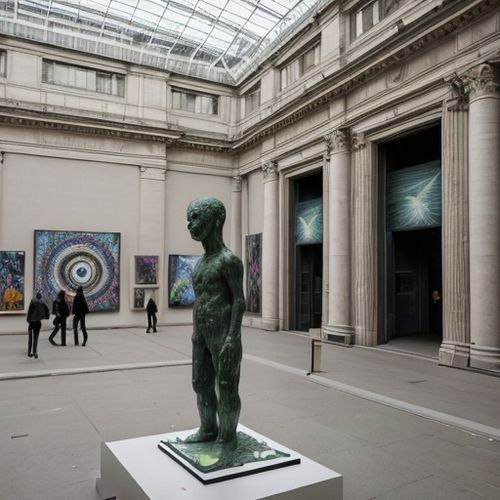
By Jessica Lee/Apr 12, 2025
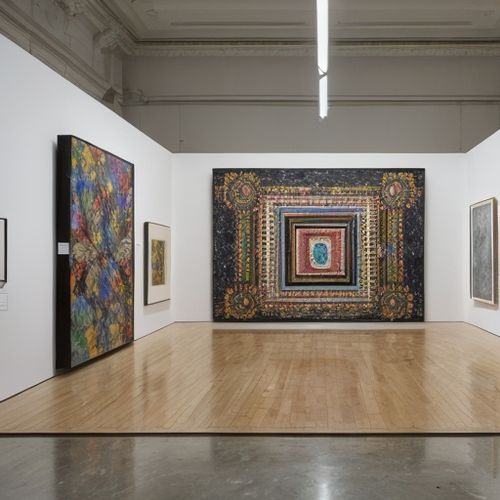
By Daniel Scott/Apr 12, 2025
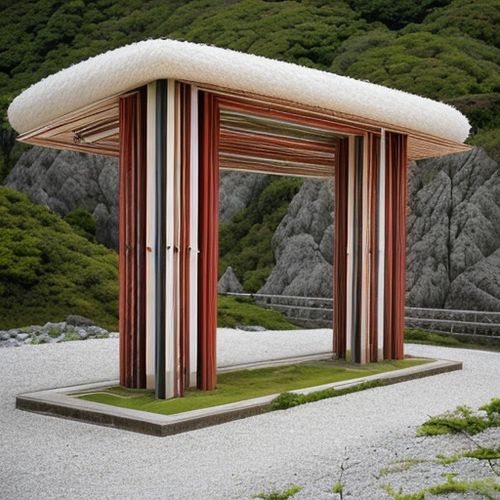
By Megan Clark/Apr 12, 2025
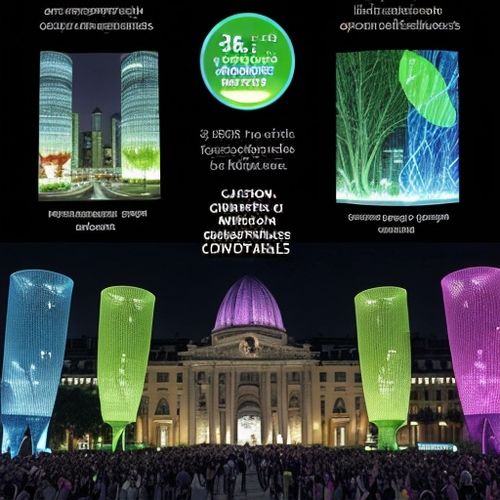
By Elizabeth Taylor/Apr 12, 2025
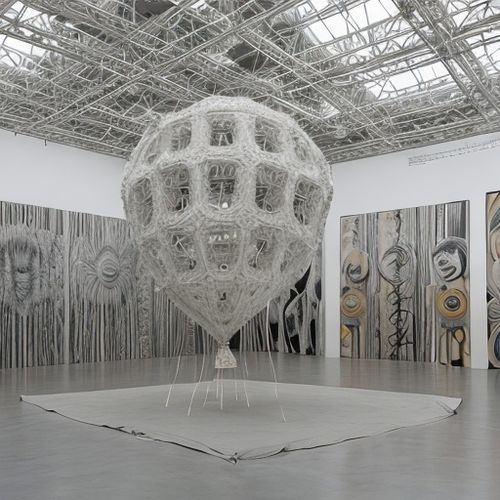
By James Moore/Apr 12, 2025
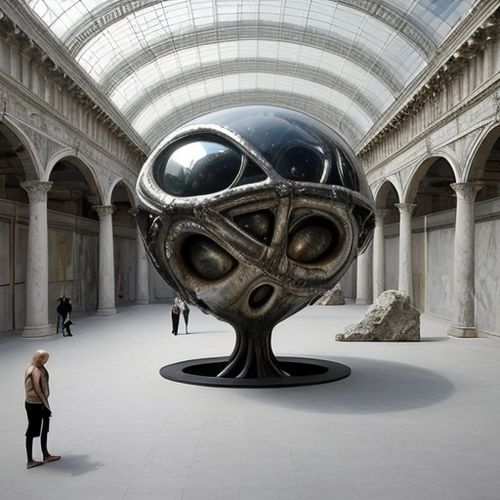
By Natalie Campbell/Apr 12, 2025

By Grace Cox/Apr 12, 2025

By David Anderson/Apr 12, 2025
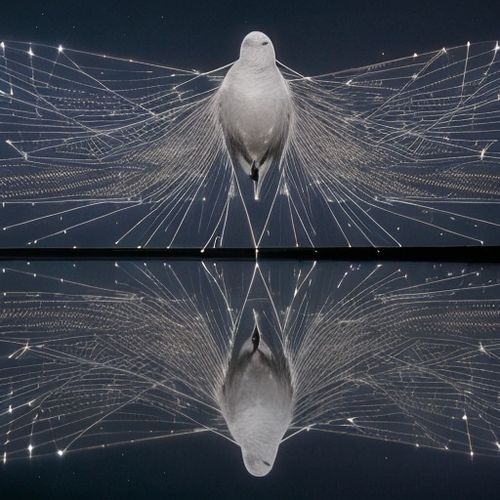
By Emma Thompson/Apr 12, 2025

By Jessica Lee/Apr 12, 2025

By Thomas Roberts/Apr 12, 2025

By Noah Bell/Apr 12, 2025

By David Anderson/Apr 12, 2025
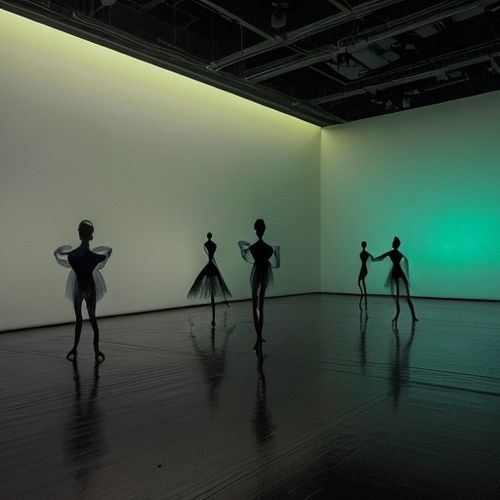
By Victoria Gonzalez/Apr 12, 2025

By Sarah Davis/Apr 12, 2025

By Rebecca Stewart/Apr 12, 2025

By James Moore/Apr 12, 2025
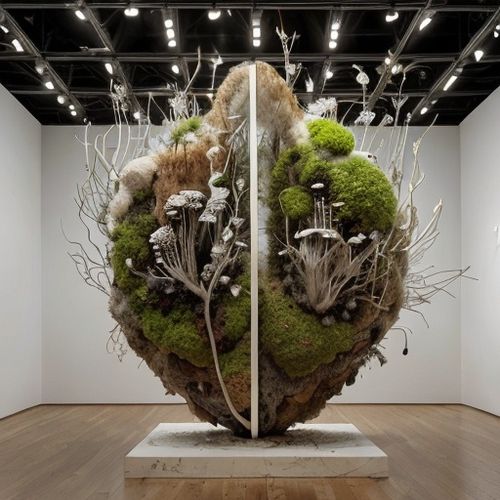
By Thomas Roberts/Apr 12, 2025

By Lily Simpson/Apr 12, 2025